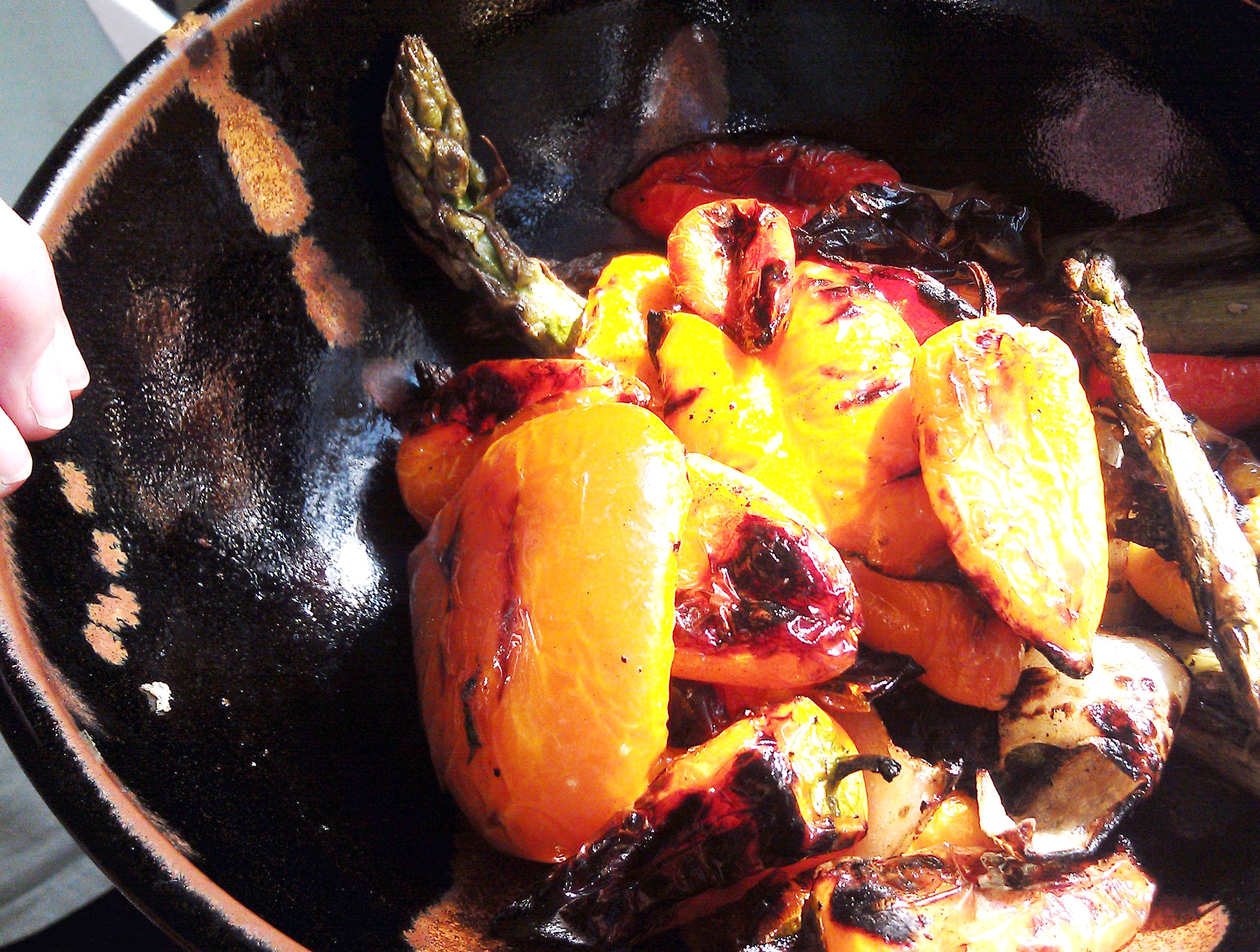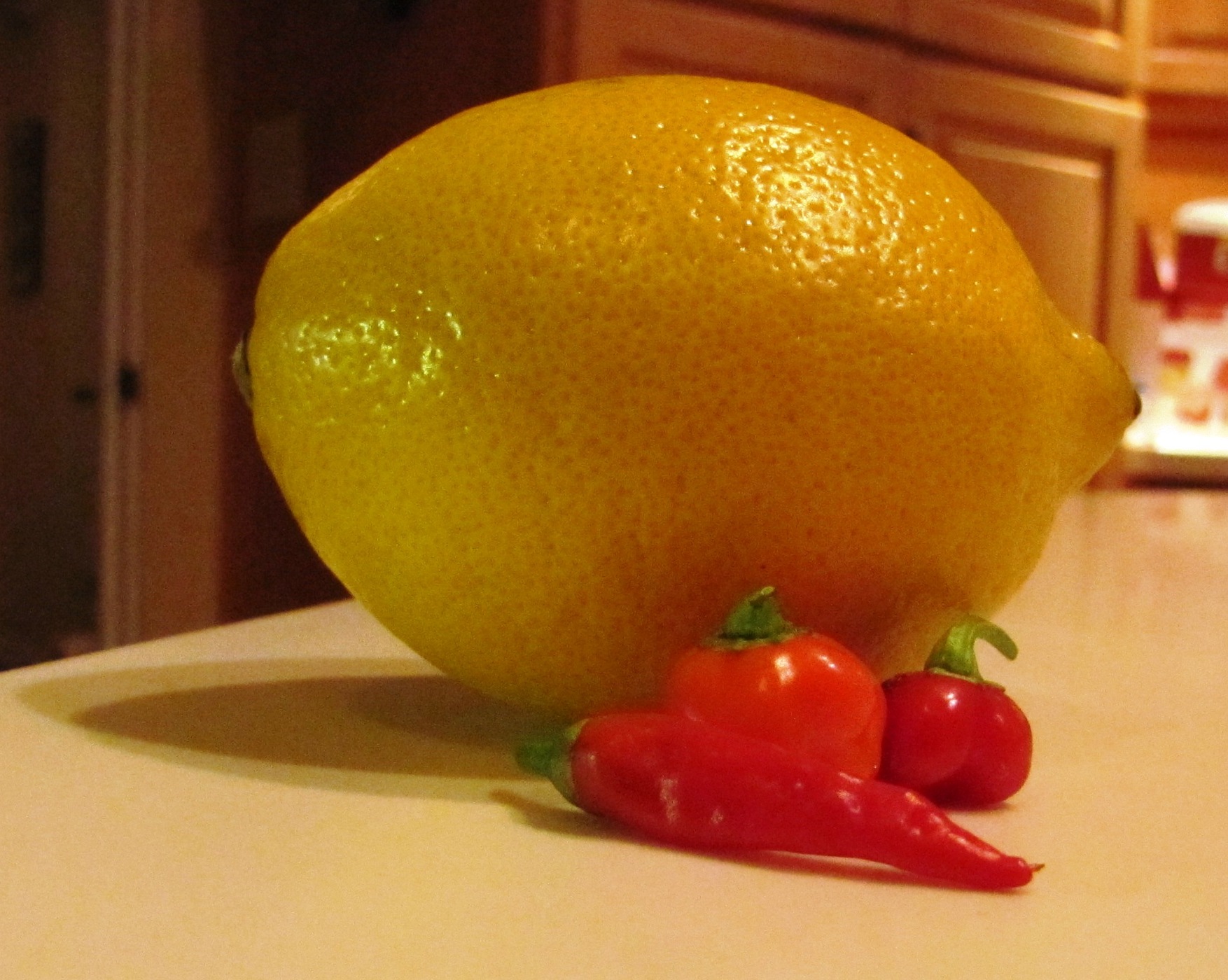I confess to being a bit of a hoarder. I have a large book collection that seems to grow larger all the time, even though I do have a Kindle e-reader. I have pots and pans galore because – pots and pans!
And I am a compulsive and inveterate collector of cheeses.
It’s nearly impossible for me to walk by a well-stocked cheese shop – or the well stocked cheese section of my favorite supermarkets – without buying something. Really – I mean, c’mon!! They’re just waiting for me, glistening and shimmering on the shelves.
And I know I want them.
If you’re French, you may well buy a nice fresh baguette each day, or perhaps every other day. You eat the baguette and all is well. Me, I buy a nice fresh baguette every few days and then eat some of it. Not all, but some.
This leaves a perfectly good baguette in the bread drawer, where it rapidly turns into a baguette-shaped brick.
Lately, I’ve been telling my wife – “Bread crumbs!! There is nothing like fresh ground bread crumbs.” Wordlessly, she points to the multiple containers of breadcrumbs already in the pantry. OK, so I do get a little bit carried away – but I’m in rescue mode!
You can imagine how cool it was to find that – like the bread crumb stratagem – there is a rescue – a delicious rescue – for the many bits and pieces of leftover cheese that are too nice to throw away. Read the rest of this entry »








